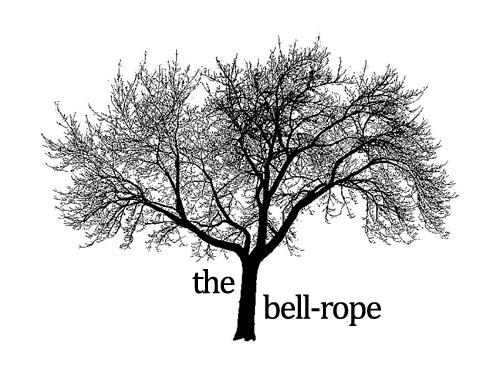 The first image in Lars von Trier's Antichrist is of falling droplets of water. The second is the shot of Willem Dafoe, above, and what you can't entirely see is the shower of droplets that fill the right side of the screen, here left out. Even without the droplets, though, my sense is that the picture above points downward; there is something directional in the gravity of the composition, maybe the downward drooping left eye or the shadow that gains along the underside of his chin.
The first image in Lars von Trier's Antichrist is of falling droplets of water. The second is the shot of Willem Dafoe, above, and what you can't entirely see is the shower of droplets that fill the right side of the screen, here left out. Even without the droplets, though, my sense is that the picture above points downward; there is something directional in the gravity of the composition, maybe the downward drooping left eye or the shadow that gains along the underside of his chin.And so the opening sequence of Antichrist is full of the imagery of falling, which makes sense for a film about original sin. Toothbrushes and cups are knocked over, figurines are swept off the table, snow drifts down and bodies fall to the floor, all of which surround the fall of Nic from his bedroom window. And a shot I find almost unbearably poetic: that of Nic's feet reaching slowly to the ground as he climbs out of his crib, the white stars on the bottoms of his socks visible, a reversal of heaven and earth.
After the prologue, things keep falling. The beautifully filmed white bathroom where the couple makes love is now a dirty, wan place where Charlotte Gainsbourgh crawls and bleeds. And in Eden, nature quite literally falls all around them, from the acorns that pelt their cabin to the trees and birds that simply fall out of the sky. Underscoring all of these events is a kind of aesthetic fall, from the beauty and light of the opening sequence to the brutal sexual violence that turned so many viewers away. It is a far, far drop from Handel and droplets of water to some of the places Lars von Trier takes us in the second half of the film.
I believe this is why the epilogue is so effective, set to the same Handel as the beginning but now working against the dogged downward gaze of the rest of the film, working against the gravity that had been tugging down at the edges of the screen. The Nature of stillbirths and violence and hostility, of twisted tree trunks and dark forests, is now again a benevolent Nature, one that offers Dafoe sustenance through its berries. We, with Dafoe, rise out of the pit, and then comes the image that sets our sense of aesthetic balance right - first a few, then more, then a migration of women rising up a hill, climbing the slope where Dafoe stands and moving on past the upper edge of the screen. Fall, fall, fall, and then a reversal at the end: the simple and tremendously moving form of Antichrist.

No comments:
Post a Comment